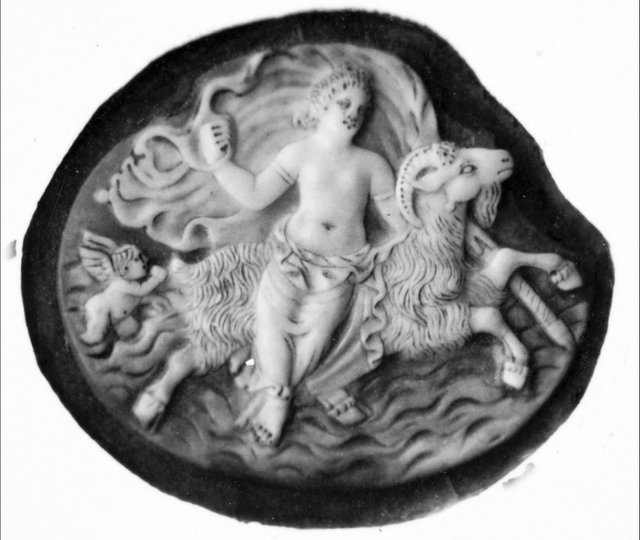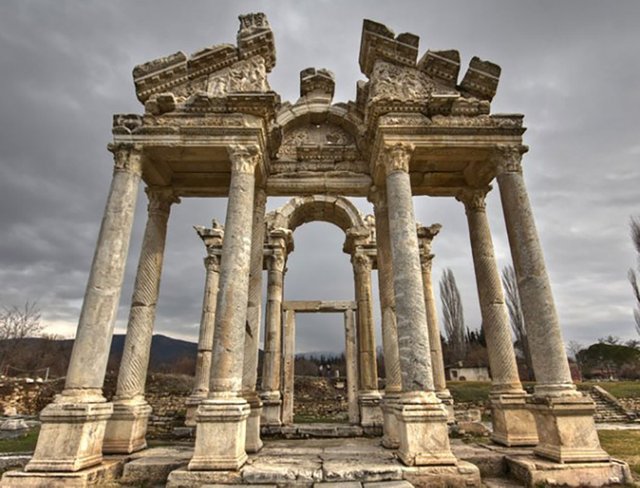The ancient city of Aphrodite, the goddess of love - Aphrodisias #4
The cult of the goddess, whatever her original name, undoubtedly had its roots in prehistoric times. Recent excavations have shown that the site was probably already inhabited in the late Neolithic, then, after an interruption, was repopulated in the Chalcolithic and developed further in the Bronze and Iron Ages (about 4360-546 BC). The relative proximity of the Maeander (Turkish Büyük Menderes) and its fertile valley played an important role in the early growth of the settlement. The archaeological fun of the two artificial elevations (höyüks), namely the Acropolis Hill and the Pekmez Hill, indicate one or two villages that lived on agriculture. An abundance of pottery and other utensils shows links to the neighboring Anatolian and Aegean settlements such as Hacilar, Beycesultan, Kum Tepe, Kusura and Troy.
Some of the small stone idols found in these layers may well be the earliest depictions of the goddess that eventually established the site. The history of the archaic and classical periods in Aphrodisias is unclear, but they speak for a slow evolution in the temple area and around the Acropolis. As already mentioned, the fortification of Roman rule in Asia Minor led to the development of the sanctuary to the city and to the adoption of the name of Aphrodisias. Testimonies for the history of archaic and classical times in Aphrodisias are unclear, but they speak for a slow development in the temple area and around the Acropolis.
As already mentioned, the fortification of Roman rule in Asia Minor led to the development of the sanctuary to the city and the adoption of the name of Aphrodisias. The growing prestige of the goddess is reflected in a passage in Appianus (2nd century AD), which contains the account states that during the wars against Mithridates the Roman dictator Sulla in 82 BC. The Delphic oracle advised him to honor Carphic Aphrodite, and then sent her a golden crown and a double ax. At about the same time, the name Aphrodisias appears together with that of a neighboring town of Plarasa (probably today 's Bingec) on small bronze and silver coins.
In the first year, many important inscriptional documents.v.Chr. found during the excavation of the theater on the walls of the stage building. One of these inscriptions names a golden statue of Eros, consecrated by Julius Caesar to Aphrodite. This dedication and other inscriptions suggest that Caesar perhaps honored the goddess by visiting her sanctuary, and further that after his assassination in 44 BC. the city was captured and plundered by the troops of Labienus, a follower of the Carmicians, for having sided with Octavian and Antony. As a reward for this loyalty received Aphrodisias in 39 BC. special privileges, through a triumvirate decree, a senate conclusion, a contract and a law.

